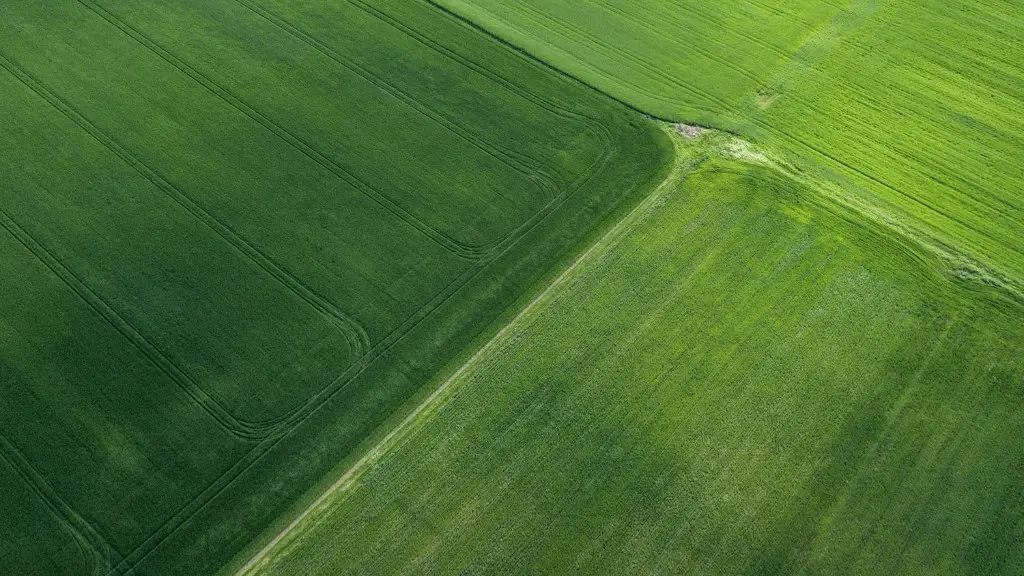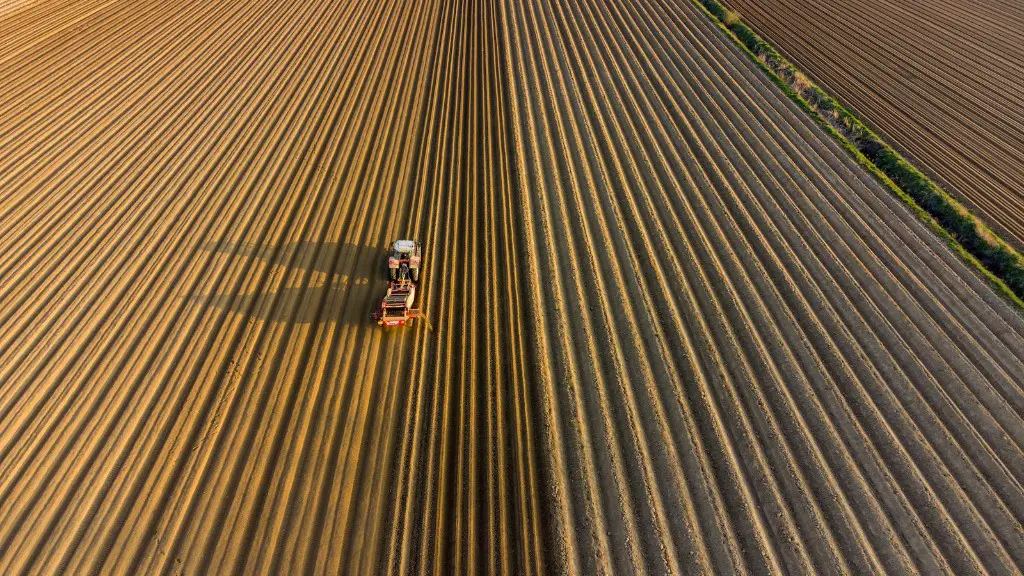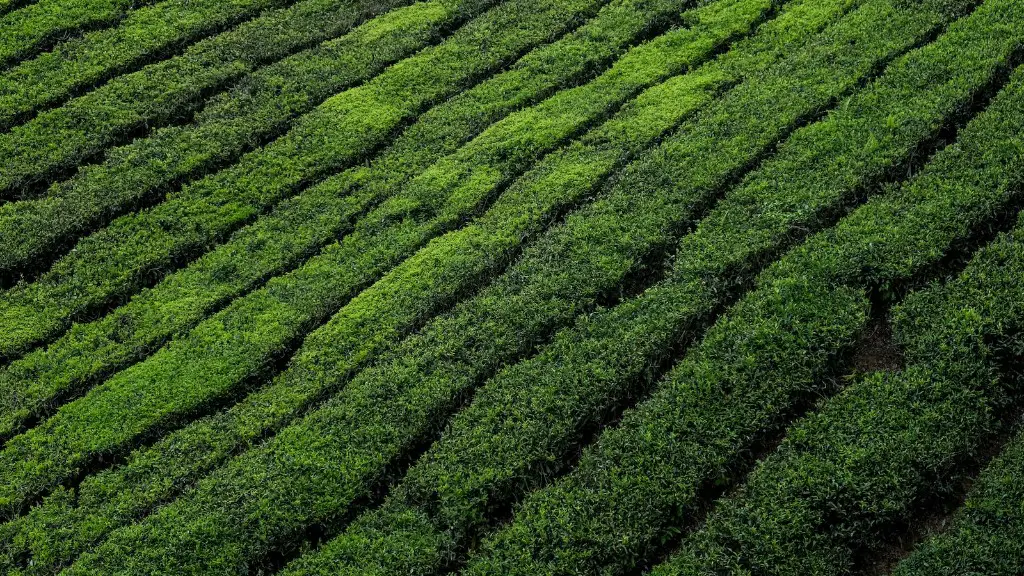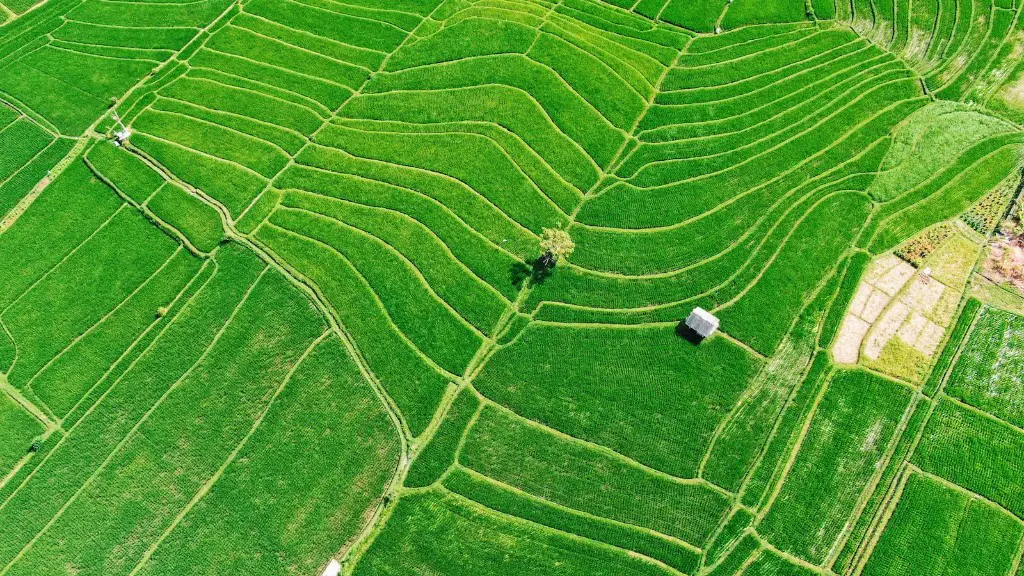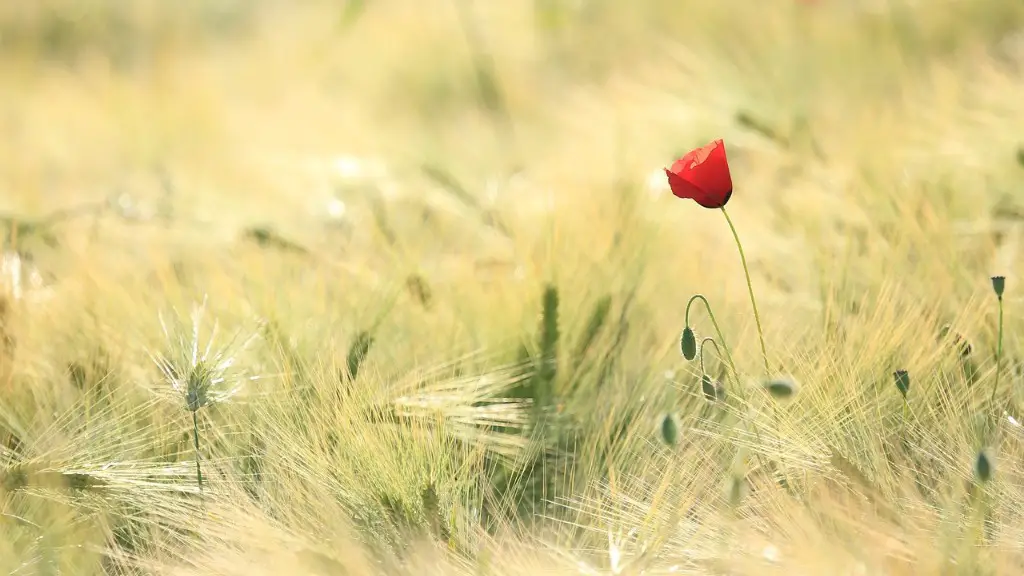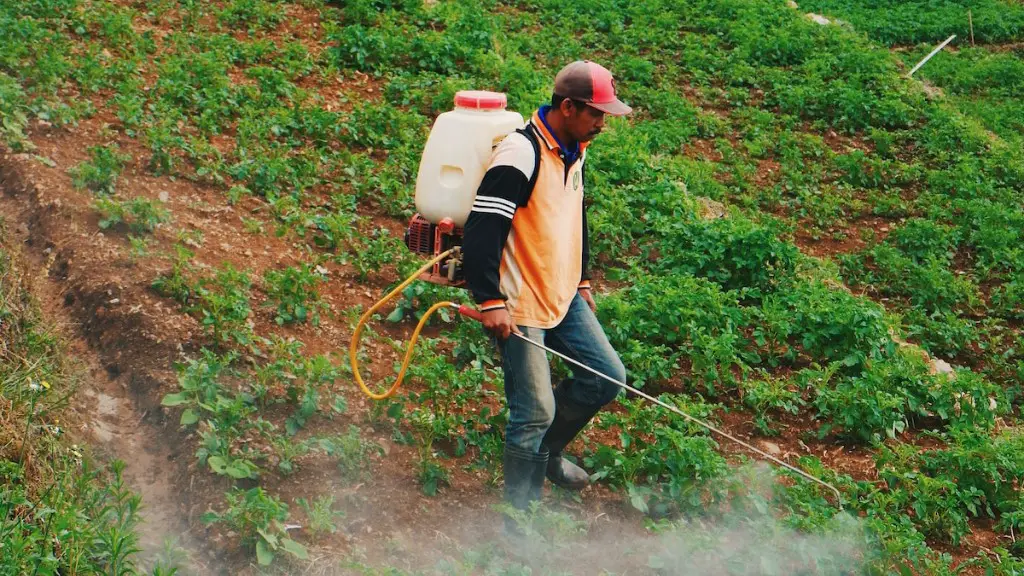Methane is a gas that is produced by agriculture and is one of the main greenhouse gases. It is produced when organic matter decomposes in the absence of oxygen. The main sources of methane from agriculture are from livestock, such as cows and pigs, and from rice production. Methane from agriculture is a significant contributor to climate change.
Methane is produced during agriculture through a process called enteric fermentation. This is when microorganisms in the animal’s stomach break down the food the animal eats. This process produces methane gas, which is then expelled through the animal’s mouth or nose.
What produces the most methane in agriculture?
Enteric fermentation is the main process responsible for methane emissions from agriculture. This occurs in the stomachs of ruminant animals, where microorganisms break down plant material, releasing methane as a by-product. Methane emissions from enteric fermentation account for approximately 60% of total agricultural methane emissions, with the remainder coming from manure management, rice cultivation and residue burning [1].
There are several methods that can be used to reduce methane emissions from enteric fermentation, including:
• Feeding animals a diet that is low in fermentable carbohydrates. This can be achieved by increasing the proportion of forage in the diet, or by adding inhibitors of methane production to the feed.
• Improving the efficiency of digestion through genetic selection or the use of enzymes.
• Vaccinating animals to reduce the number of methane-producing microorganisms in the stomach.
All of these methods have the potential to reduce methane emissions from enteric fermentation, and thus contribute to mitigating climate change.
[1] http://www.fao.org/3/a-i4050e.pdf
Methane is a greenhouse gas that is produced by the breakdown of organic material. It can be introduced into the atmosphere by natural processes, such as the decay of plant material in wetlands, or by human activities, such as the burning of fossil fuels. Methane is a major contributor to global warming, and its emissions need to be reduced in order to mitigate the effects of climate change.
Does agriculture increase methane
Agriculture is the largest source of human-caused methane emissions globally, and in the US, agriculture is responsible for about one third of total methane emissions. That’s on par with the oil and gas industry.
The largest sources of methane emissions from human activities in the United States are oil and gas systems, livestock enteric fermentation, and landfills. These methane emissions come from a variety of sources, including natural gas production, livestock farming, and waste management.
Why does agriculture produce so much methane?
Methane is produced and emitted from the decomposition of livestock manure and the organic components in agro- industrial wastewater. The main sources of these emissions are rice cultivation, cattle breeding and manure management. In addition, emissions also come from the anaerobic decomposition of solid waste in landfills.
The study found that the average meat-eater’s diet creates the equivalent of 8.1 kilograms of carbon dioxide per day, while the average vegetarian’s diet creates 4.3 kilograms and the average vegan’s diet creates just 1.5 kilograms.
What is the largest contributor of methane gas?
The United States and Brazil are the only two countries out of the world’s five largest methane emitters that are part of the Global Methane Pledge. The other three countries, China, India, and Russia, are responsible for close to half of all methane emissions globally.
Methane (CH4) is a trace gas in the atmosphere that is considered to play a major role in the “greenhouse effect.” There are six major sources of atmospheric methane: emission from anaerobic decomposition in (1) natural wetlands; (2) paddy rice fields; (3) emission from livestock production.
Do humans produce methane when they fart
When these gases escape from the large intestine and are expelled through the rectum and anus, they can create quite a stink! So next time you let one rip, think about the science behind that smelly fart.
Irrigated rice fields produce methane gas as a result of the wet conditions that are necessary for growing rice. Although only half of the world’s rice is grown in irrigated fields, these fields produce the vast majority of the world’s rice crop. Therefore, any effort to reduce methane emissions from rice production must focus on reducing methane emissions from irrigated rice fields.
Do cows produce more methane than rotting grass?
While cows are often singled out as a major source of methane gas emissions, it’s important to remember that decomposing plants also release methane into the atmosphere. In fact, the two sources are thought to contribute about equal amounts of methane to the atmosphere.
There are two main reasons why grass-fed cattle emit more methane than feedlot cattle: 1) cattle naturally emit more methane when digesting grass, and 2) grass-fed cattle reach market weight more slowly than feedlot cattle, so they’re emitting methane over a longer time.
What industry creates the most methane
Methane emissions from agriculture come from a variety of sources, including livestock, rice production, and manure management. There are a number of options for reducing these emissions, but it is often difficult to implement these changes on a large scale. In addition, agricultural methane emissions are highly variable and can be influenced by a number of factors, including weather, crop type, and management practices.
Methane is a gas that is produced by the breakdown of organic matter in the absence of oxygen. It is the primary component of natural gas and is used as a fuel for heating, cooking, and electricity generation. Ruminants, such as cattle, sheep, and goats, are the principal source of livestock methane emissions because they produce the most methane per unit of feed consumed.
Which country emits the most methane?
China is the world’s largest methane producer, with 117 billion metric tons of CO₂ equivalent in 2019. This is nearly double the emissions of the second largest producer, the United States. China’s emissions come from a variety of sources, including coal mining, natural gas production, and agriculture.
Methane is a very potent greenhouse gas (GHG), and the livestock sector is responsible for a significant proportion of global emissions. In order to mitigate these emissions, livestock managers can take steps to reduce methane production.
Dairy and hog producers can install digesters to capture methane produced during manure storage. The captured methane can then be used to generate electricity, which can offset the GHG emissions associated with the livestock operations. In addition, changing livestock feeds can also reduce methane emissions. For example, feedinglivestock with forage-based diets (e.g. hay, silage, pasture) instead of grain-based diets can significantly reduce methane production.
How much worse is methane than co2
Methane is a very powerful greenhouse gas and is responsible for a large portion of today’s global warming. It is important to reduce methane emissions in order to slow down the pace of climate change.
Factory farming is a major contributor to greenhouse gas emissions, particularly methane. The high concentrations of animals housed in these facilities produce large amounts of manure, which is often turned into liquid and sprayed on farm fields. This methane gas can be up to 80 times more potent than carbon dioxide in trapping heat in the atmosphere, making factory farms a major driver of climate change.
Final Words
Methane is produced during agricultural activities such as livestock digestion and the decomposition of organic matter in rice paddies.
Methane is produced by agriculture through the decomposition of organic matter in the absence of oxygen. Methane is a powerful greenhouse gas and contributes to global warming. Agriculture is the leading cause of methane emissions in the United States.
